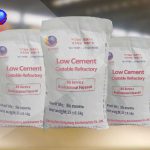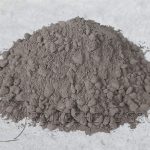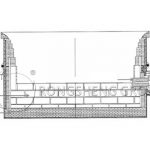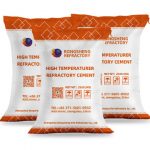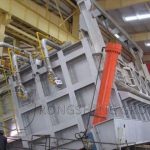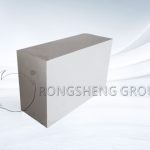When purchasing monolithic refractory materials for the top of the heating furnace, customers are often confused between refractory plastics and low cement castables. Use refractory plastics or low cement castables in different areas of the top of the heating furnace. The temperature of the heating furnace varies greatly from the preheating section, heating section, and soaking section, and each part has different functions. When choosing plastic or low-cement castables, the performance and price factors should be considered, as well as the convenience of construction and the storage and storage of products.
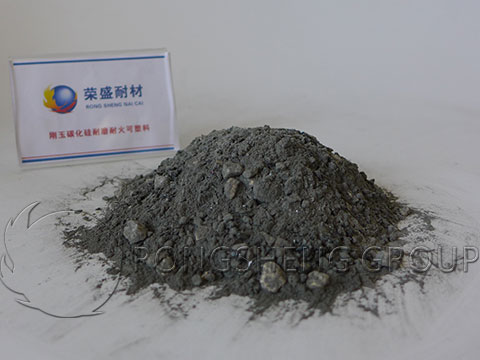
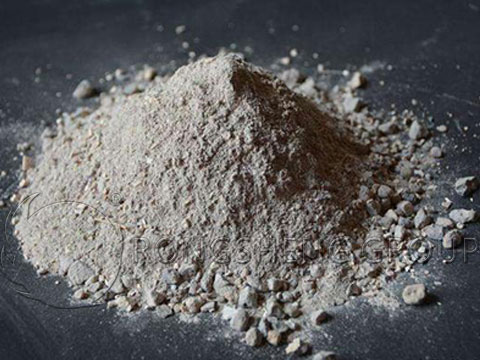
Refractory Plastic and Low Cement Castable for Heating Furnace Roof
Refractory plastic can not damage its packaging before construction. If the packaging is damaged, the plastic will lose its plasticity. Therefore, in the preservation process of refractory plastics, the integrity of the packaging must be ensured.
If low cement castables are used, anchors must be welded. If plastic is used, it is fixed on the furnace roof by anchor bricks. The tightness of the plastic and anchor bricks affects the quality of the plastic stovetop.
The ramming around the anchor bricks is very important in the construction of refractory plastics. It is necessary to make a wooden mold based on the shape of the anchor brick. When the plastic is rammed, a wooden mold is used to mold the plastic around the anchor brick, and then the anchor brick is set in the mold, and the surrounding of the anchor brick is rammed with the wind to make it come into close contact with the plastic. But be careful not to smash the anchor bricks.
But plastic is more shrinking. After removing the mold, use an expansion joint knife to cut a 30-50mm expansion suture on the surface with an interval of about 1.5m. That is, the plastic surface is cut into 1.5m square blocks. If the plastic shrinks, it will only crack into the opened expansion joint without cracks or cracks.
If low cement castables are used, 20 anchors need to be welded per square meter. Support the mold first, and then pour the low cement castable. Take off the film after 24 hours, and then grill according to the barbecue system.
In short, whether fire-resistant plastic or low cement castable is used, depends on the situation. If there is no condition to store plastics, low cement castables can be used. If the construction of low cement castables is not convenient, refractory plastics can also be used.
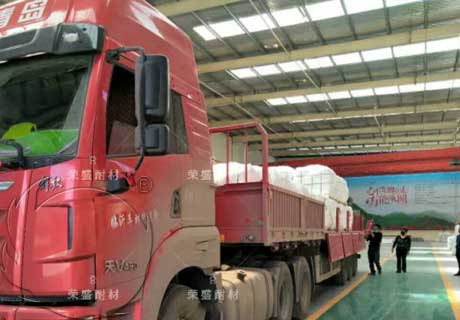
Advantages of Low Cement and Ultra-Low Cement Castables
Compared with ordinary refractory castables, low-water low and ultra-low cement castables have a series of excellent properties. Therefore, low cement castables are widely used in the non-ferrous smelting and steel industry.
First, because the amount of cement added is only 1/2~1/15 of the ordinary refractory castable, the CaO brought into the castable is reduced from 2.5~8% to 0~2.5%. Therefore, the amount of the eutectic phase formed in the matrix is greatly reduced. Furthermore, the refractoriness, high-temperature strength, and slag resistance are all improved. As the amount of cement increases, the refractoriness decreases linearly. On the contrary, the low melting point is reduced at high temperature, so that the wear resistance, high-temperature flexural strength, and load softening temperature of the castable are significantly improved.
Second, the water demand during mixing is only 1/2~1/3 (about 4~6%) of ordinary refractory castables. Therefore, the porosity is low and the body density is high, which is comparable to fired refractory products of the same material. The difference in the amount of water added results in different strengths of the castable.
Third, there is little or no cement hydrate after molding and curing. During the heating and baking, there is no problem that a large number of hydration bonds are destroyed and the strength is affected. Instead, as the heat treatment temperature increases, it gradually sinters and the strength gradually increases. Especially different from ordinary low cement castables, the mechanical strength is higher than the drying strength in the middle-temperature zone (900~1200℃). Both high temperature and normal temperature strength are better than ordinary castables.
In short, low cement and ultra-low cement castables have the advantages of high density, low porosity, good thermal strength, high refractoriness, and high softening temperature under load. Its erosion resistance is comparable to bricks of the same composition. The wear rate is also significantly reduced, and the resistance to mechanical spalling and spalling resistance is significantly improved.
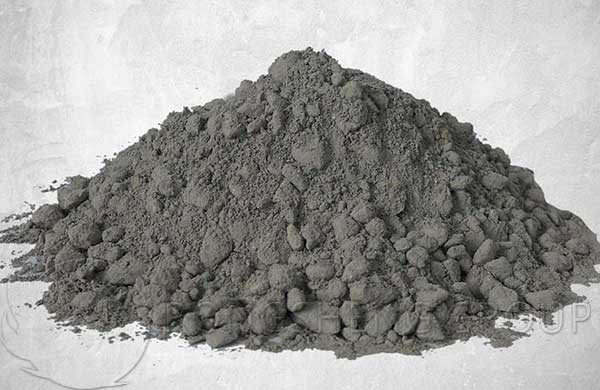
The Development of Low Cement Castables
The successful application of low cement castables has increased the output of castables year by year. For example, in Japan, the output of refractory castables has accounted for about 50% of the output of unshaped refractories, and the output of unshaped refractories has accounted for 45% of the total refractory materials.
In recent years, China has done a lot of work in the development and application of low cement castables. It has been successfully used in heating furnaces and soaking furnaces as a whole, and in the tap channel of extra-large blast furnaces.



